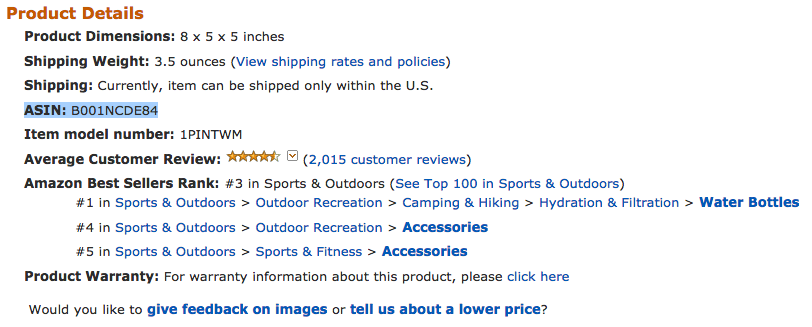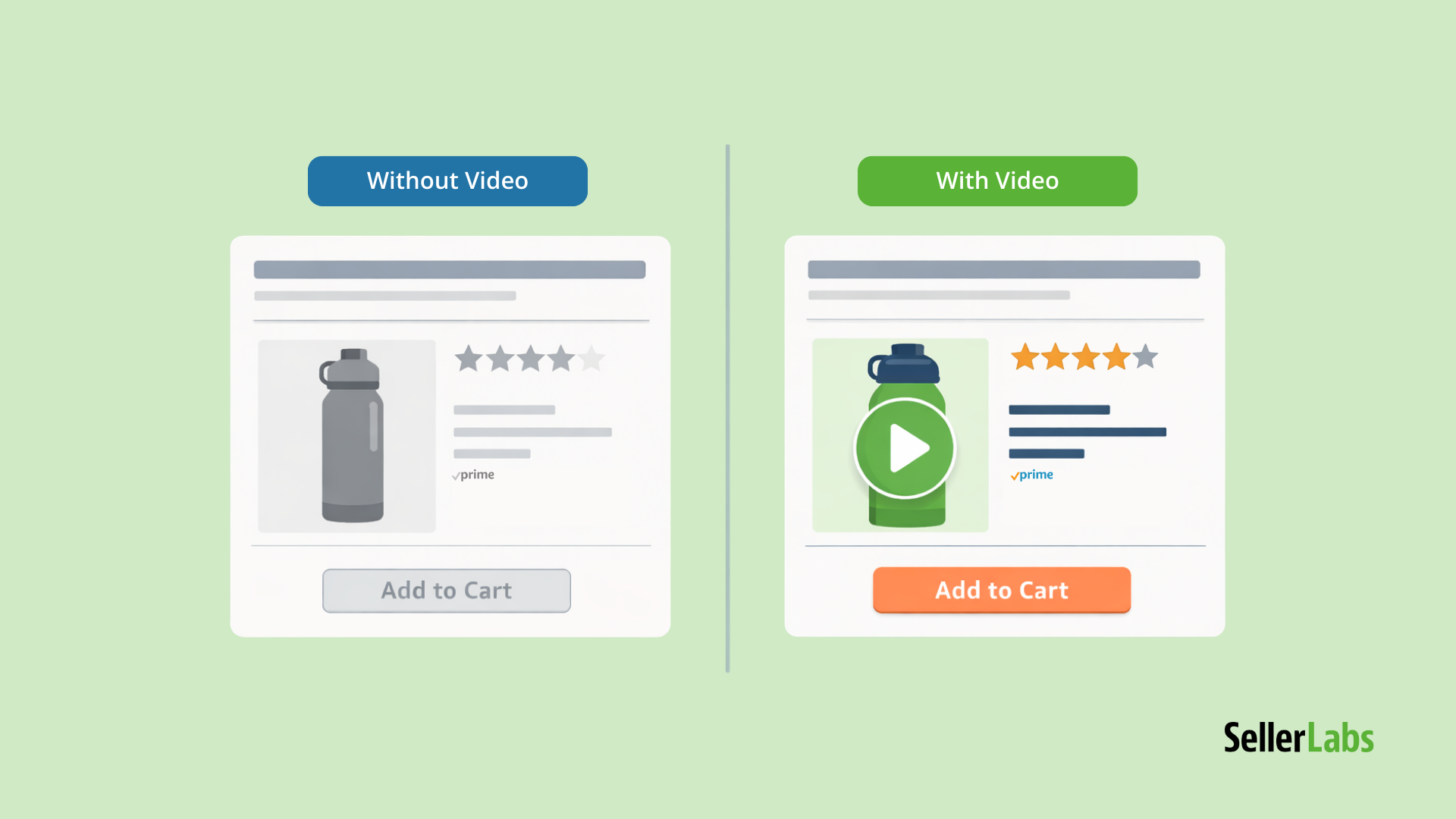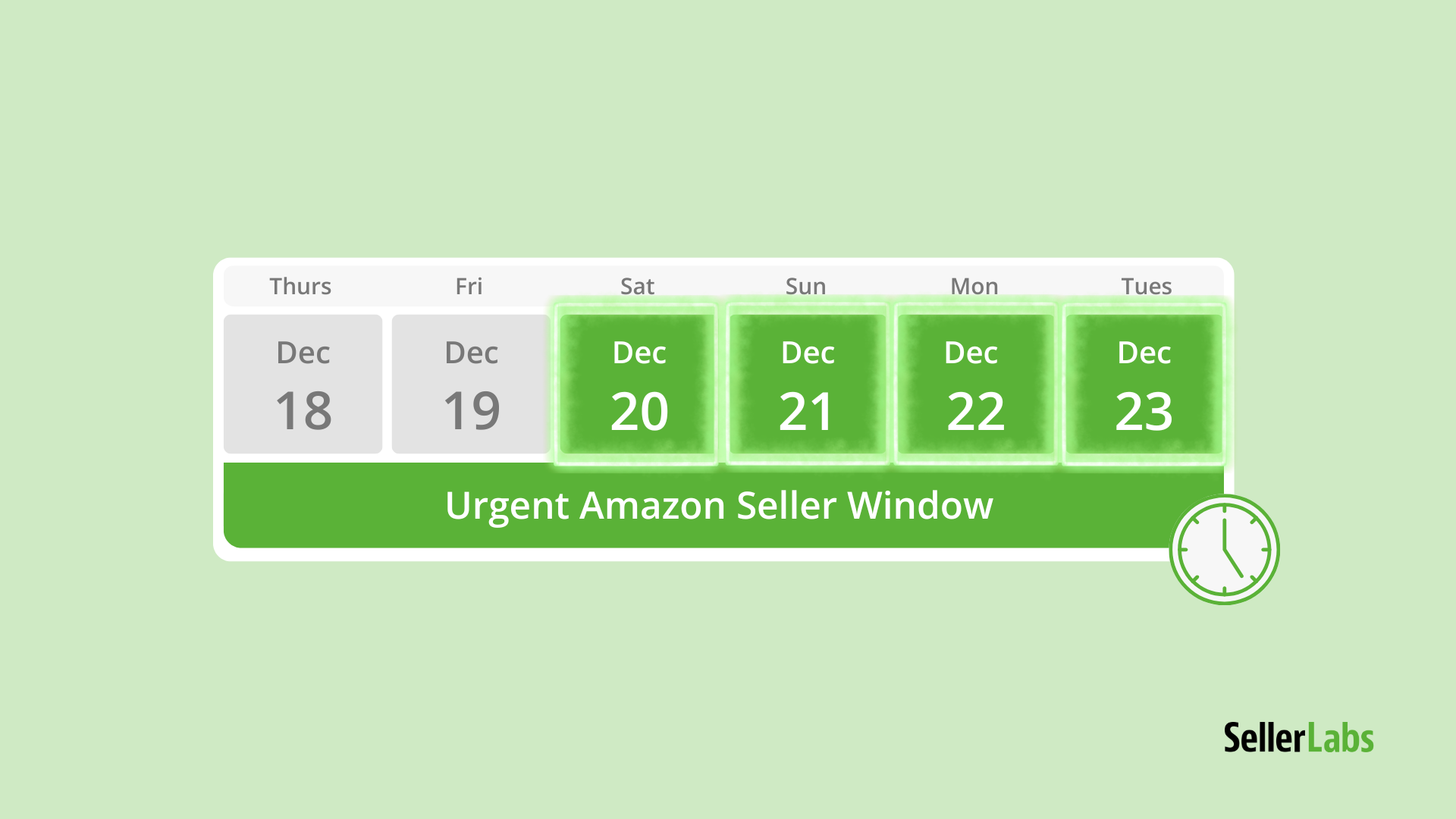If you’re new to Amazon and are trying to grow your business, it can be confusing trying to understand all of the jargon and acronyms involved with selling your products. We’ve compiled a list of the most commonly used amazon seller acronyms you’re likely to encounter on your journey of selling. Some of these might be more applicable to you than others, but we think it’s good to understand what they mean anyway.
- A9: A sub company of Amazon dedicated to product, visual, and cloud search, as well as mobile apps, advertising, and technical operations. The name is a numeronym, which represents “ALGORITHMS”, i.e. “A”+9 other letters. Visit A9.com.
- Amazon API: This is a web service and application programming interface that gives application programmers access to Amazon’s product catalog data. More information here.
- ASIN (Amazon Standard Identification Number): A 10-character alphanumeric unique identifier assigned by Amazon.com and its partners for product identification within the Amazon.com organization. Read more about ASINs here.
- Example:
- EAN or IAN (European Article Number or International Article Number): A 13 digit–10 data and 3 check–barcoding standard which is a superset of the original 12-digit Universal Product Code system.
- Example:
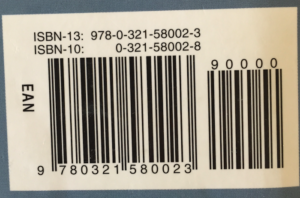
- Example:
- FBA (Fulfillment by Amazon): Amazon fulfillment centers pick, pack and ship a seller’s products, as well as providing customer service for products–all of this comes with a fee. Read more at Appeagle’s blog.
- FBM or MFN (Fulfillment by Merchant or Merchant Fulfilled Network): The merchant is responsible for picking, packing, and shipping the products, as well as providing customer support for the product. Read more at Appeagle’s blog.
- FNSKU (Fulfillment Network Stock Keeping Unit): This number is used to identify a specific product to a specific seller within an Amazon Fulfillment Center. Read more about FNSKUs here.
- Example:

- Example:
- GTIN (Global Trade Item Number): Universal identifiers used internationally to find product information across databases. Find more information about GTINs here.
- Example:
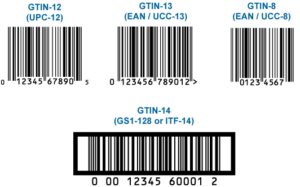
- Example:
- ISBN (International Standard Book Number): This is either a 10- or 13-digit identification number that is used to manage a book’s metadata. Each number is unique to the specific book and helps catalog it for commercial sale.
- Example:
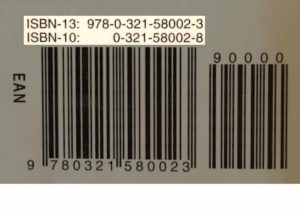
- Example:
- MAP (Minimum Advertised Price): A price agreement between suppliers and retailers stating the lowest price for an item to be advertised. More information here.
- MSRP (Manufacturer’s Suggested Retail Price): The recommended list price of an object suggested by its manufacturer. Used to standardize prices between various locations.
- UPC (Universal Product Code): A barcode used for tracking trade items in stores. It usually has 12 numerical digits, which are uniquely assigned to each traded item (GS1 US, 2015). More on UPC codes here.
- Example:
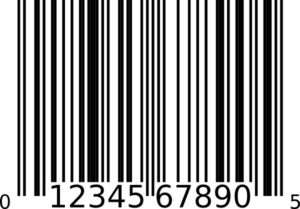
- Example:
Now that you’re better informed with the Amazon lingo, you’ll be better at communicating with vendors, manufacturers and customers. We hope this helps and let us know if we missed anything.

